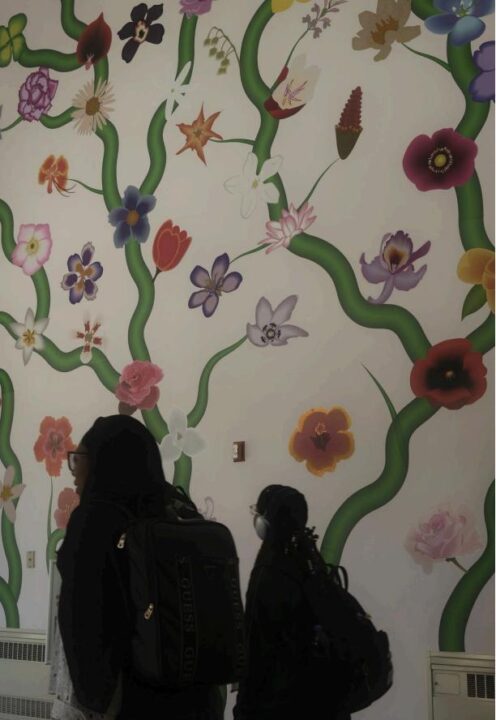“Nappily Ever After” is a film many women may relate to. The movie entails the trials and tribulations of Violet (Sanaa Lathan), a middle-aged woman who seems to have the perfect life: a handsome trophy boyfriend, a wonderful career as an advertising executive and most importantly, beautiful, long hair.
Violet has always aimed to present herself perfectly, just as her mother had taught her. As the movie continues, viewers soon learn that Violet’s life is not as perfect as it may seem. The first scene features an 11-year old Violet sitting by the pool, watching the other children play.
Her hair is straightened, and her mother does not dare let water touch her head in fear that her curly natural tresses will reveal themselves to the world. Violet proceeds to jump in anyway, and as she comes up, the white children around her laugh at the “Chia Pet” adorning her head.
This introduces the interesting dynamic between Violet and her mother. Women are socialized from a young age to act and dress according to society’s standards. Director Haifaa al-Mansour seems to use hair as a symbol of gendered oppression.
Black women specifically are conditioned to act in accordance to a predominantly white society. A large part of this ideology includes having hair routinely straightened so that they may be more acceptable. This concept is usually enforced by influential women within the family — just as Violet’s mother does throughout the film.
When she learns that her boyfriend of two years is not proposing to her on the night that she thought he was, she is devastated and faces self-conflict after a heated dialogue. She drunkenly shaves her beloved natural strands.
This was a major spiritual touchstone within the movie. Violet’s internal conflicts surface in this emotionally driven scene. She laughs jubilantly, makeup smeared across her face, as she frees herself of the weight that has been hindering her happiness.
“Nappily Ever After” is divided into hair themed sections that depict different stages of Violet’s self-love journey throughout the film. Stage one is titled “Straightened,” followed by “Bald” and then finally “New Growth.” Violet soon learns to love herself in her natural state, despite what her mother says. With the help of Will, the owner of a hair salon and a single father, she develops a care-free attitude that allows her to enjoy life in its simplicity.
Lathan puts on a strong, emotionally lead performance as Violet James. However, some film critics feel the film failed to portray the true depth and complexity of black womanhood. “The film lacks the texture, intimacy, and warmth to communicate how hair can be art for black women, not just a pathology,” states critic Angelica Jade Bastién for Vulture.
She deems it “a reductive understanding of black womanhood.” Perhaps the film does not fully delve into all that comes with being a woman, but the message that it delivers is impactful and relatable for many black women today. “Nappily Ever After” is a heartfelt romantic comedy that touches on love, family, self-discovery and social awareness.


